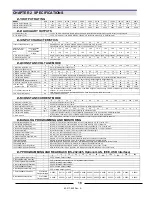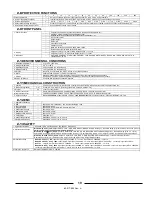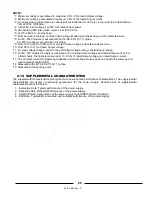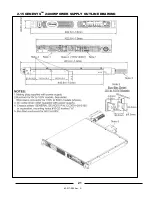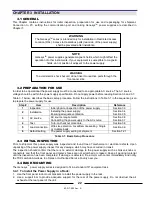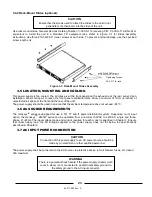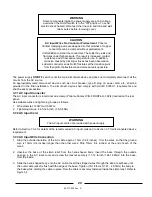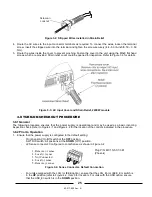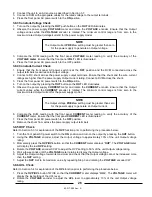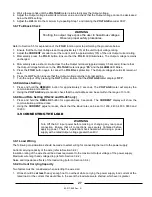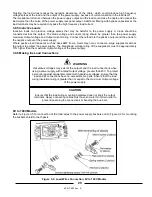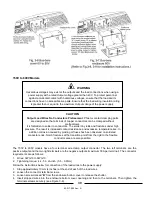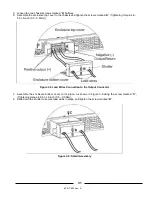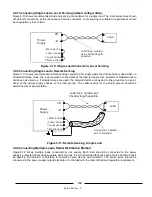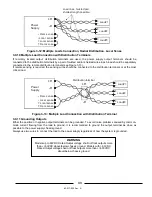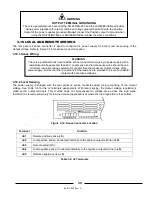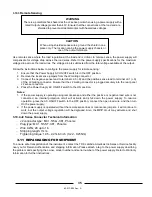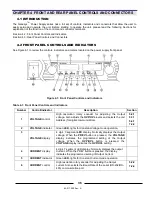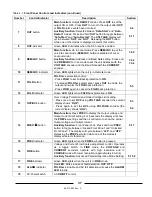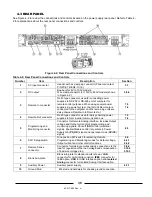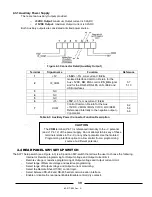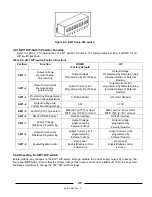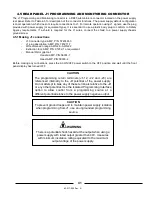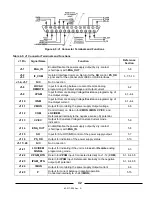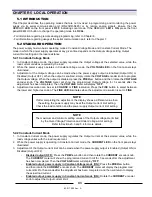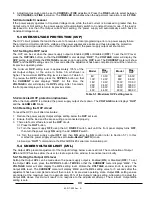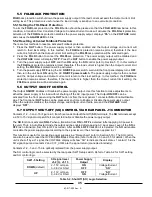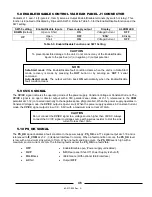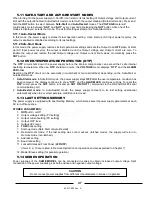
83-517-000 Rev.
A
32
Connecting Single Loads, Local Sensing (default configuration).
3.9.7
Figure 3-10 shows recommended load and sensing connections for a single load. The local sense lines shown
are default connections at the rear panel J2 sense connector. Local sensing is suitable for applications where
load regulation is less critical.
Figure 3-10: Single Load Connection, Local Sensing
Connecting Single Loads, Remote Sensing
3.9.8
Figure 3-11 shows recommended remote sensing connection for single loads. Remote sensing is used when, in
Constant-Voltage mode, the load regulation is important at the load terminals. Use twisted or shielded wires to
minimize noise pick-up. If shielded wires are used, the shield should be connected to the ground at one point,
either at the power supply chassis or the load ground. The optimal point for the shield ground should be
determined by experimentation.
Figure 3-11: Remote Sensing, Single Load
Connecting Multiple Loads, Radial Distribution Method
3.9.9
Figure.3-12 shows multiple loads connected to one supply. Each load should be connected to the power
supply’s output terminals using separate pairs of wires. It is recommended that each pair of wires will be as short
as possible and twisted or shielded to minimize noise pick-up and radiation. The sense wires should be
connected to the power supply output terminals or to the load with the most critical load regulation requirement.
-
-
Rem.sense
Local sense
Local sense
Rem.sense
+
+
Sense lines. Twisted
pair or shielded.
+V
-V
Load
+
Power
Supply
Load lines. Twisted pair
shortest length possible.
Fig.3-12: Remote sensing, single load
-
-
Rem.sense
Local sense
Local sense
Rem.sense
+
+
Load lines, twisted
pair, shortest length
possible.
+V
-V
Load
+
Power
Supply
Fig.3-11: Single load connection, local sensing

